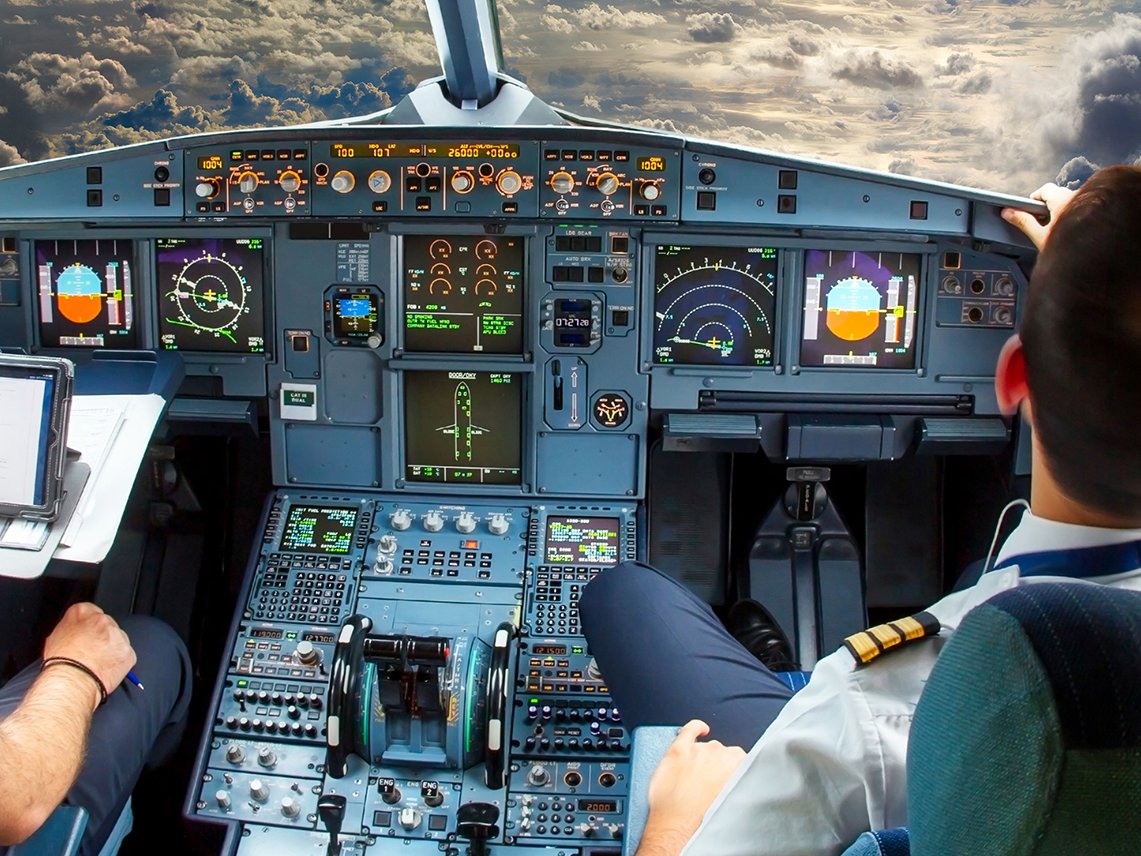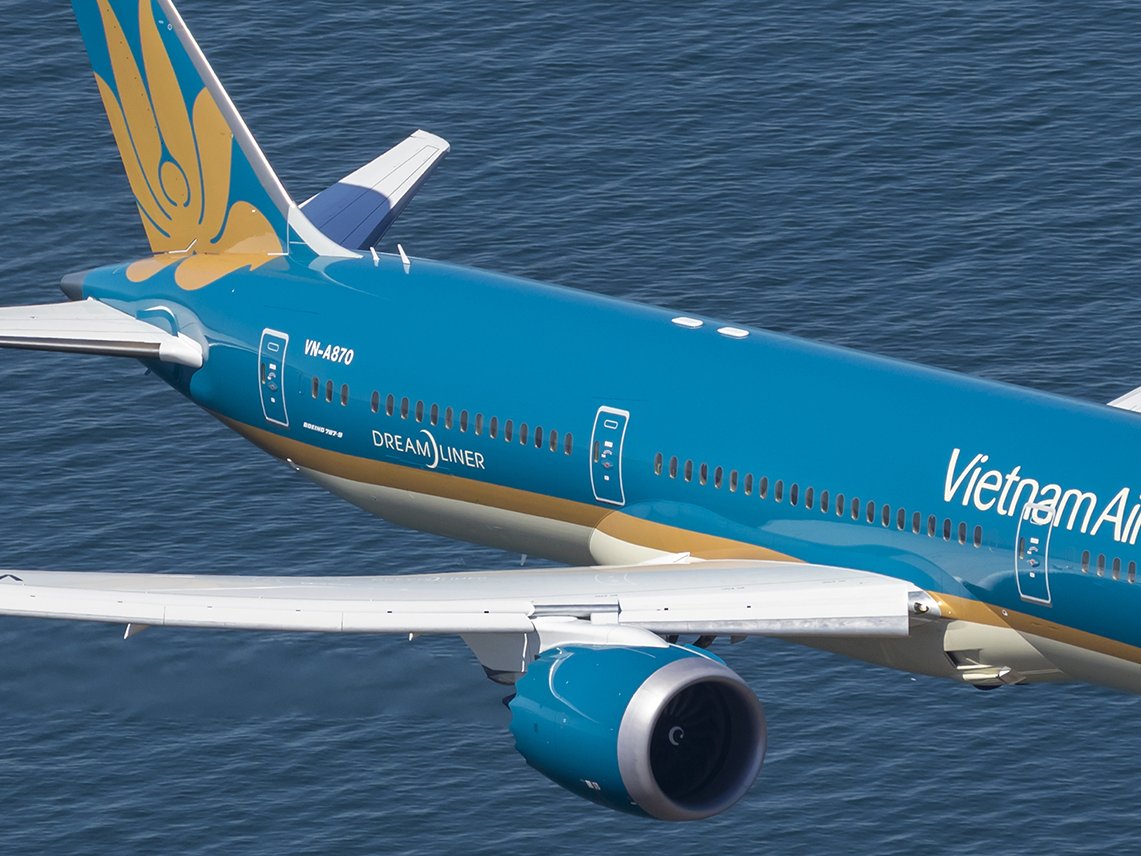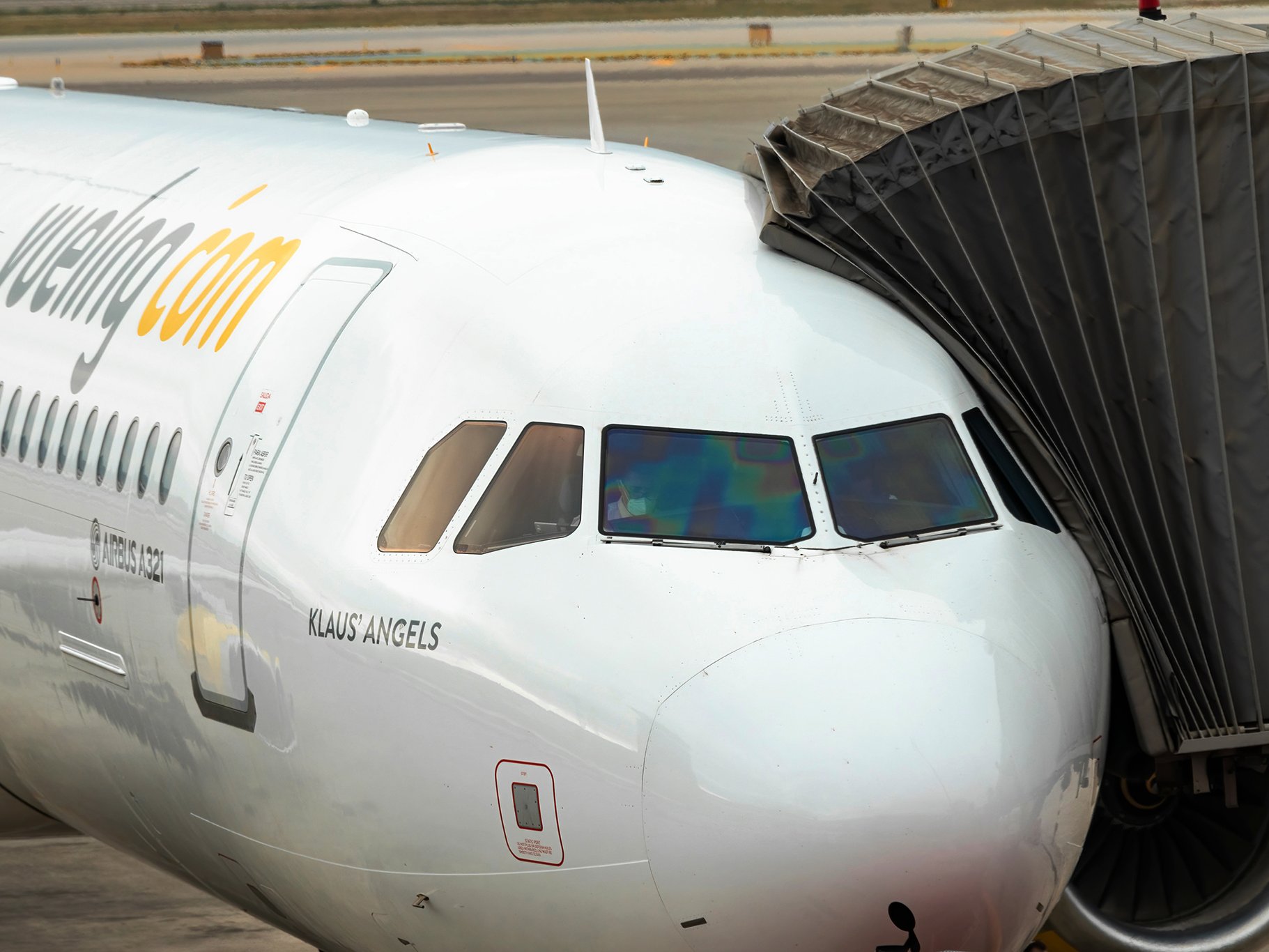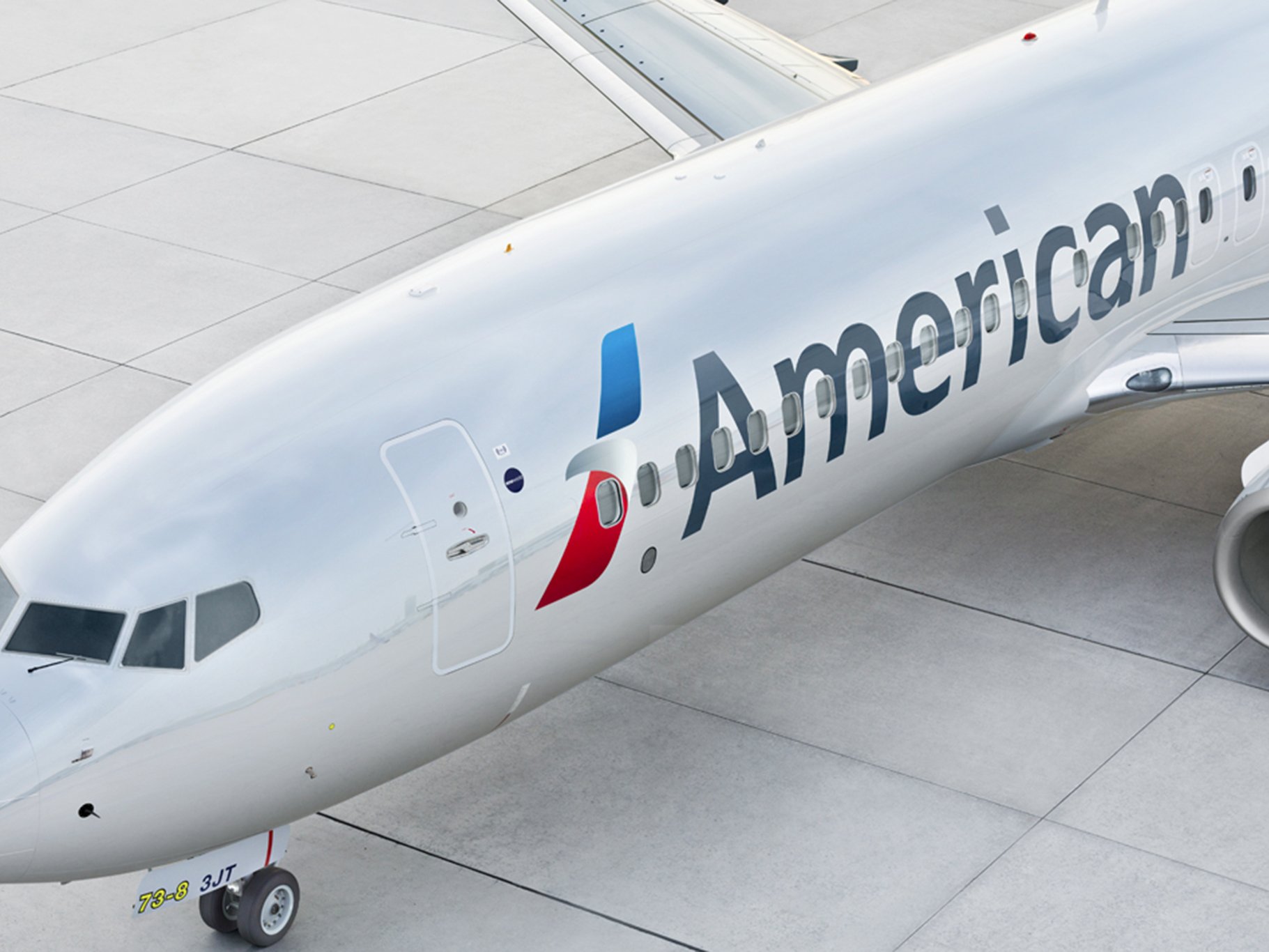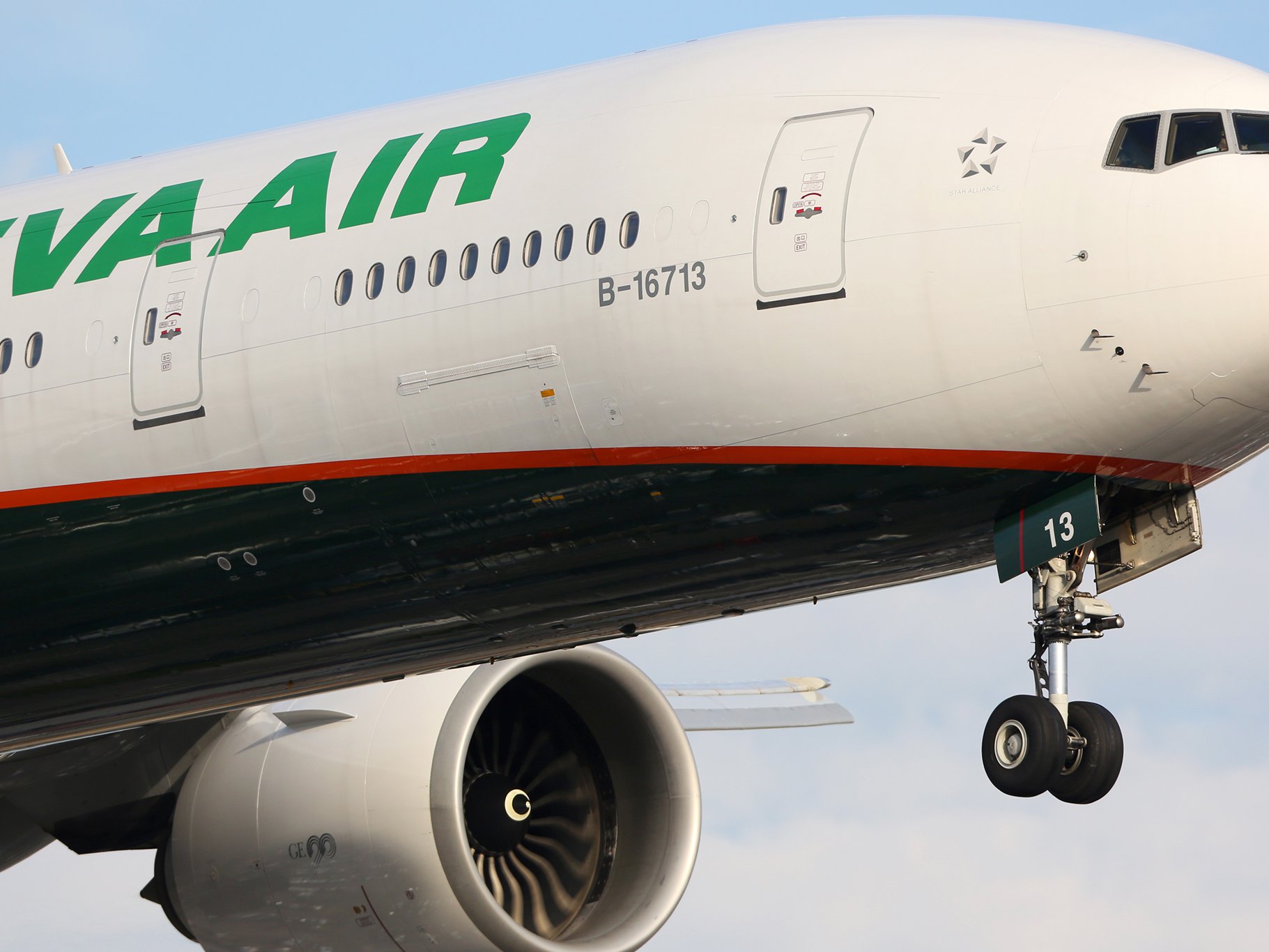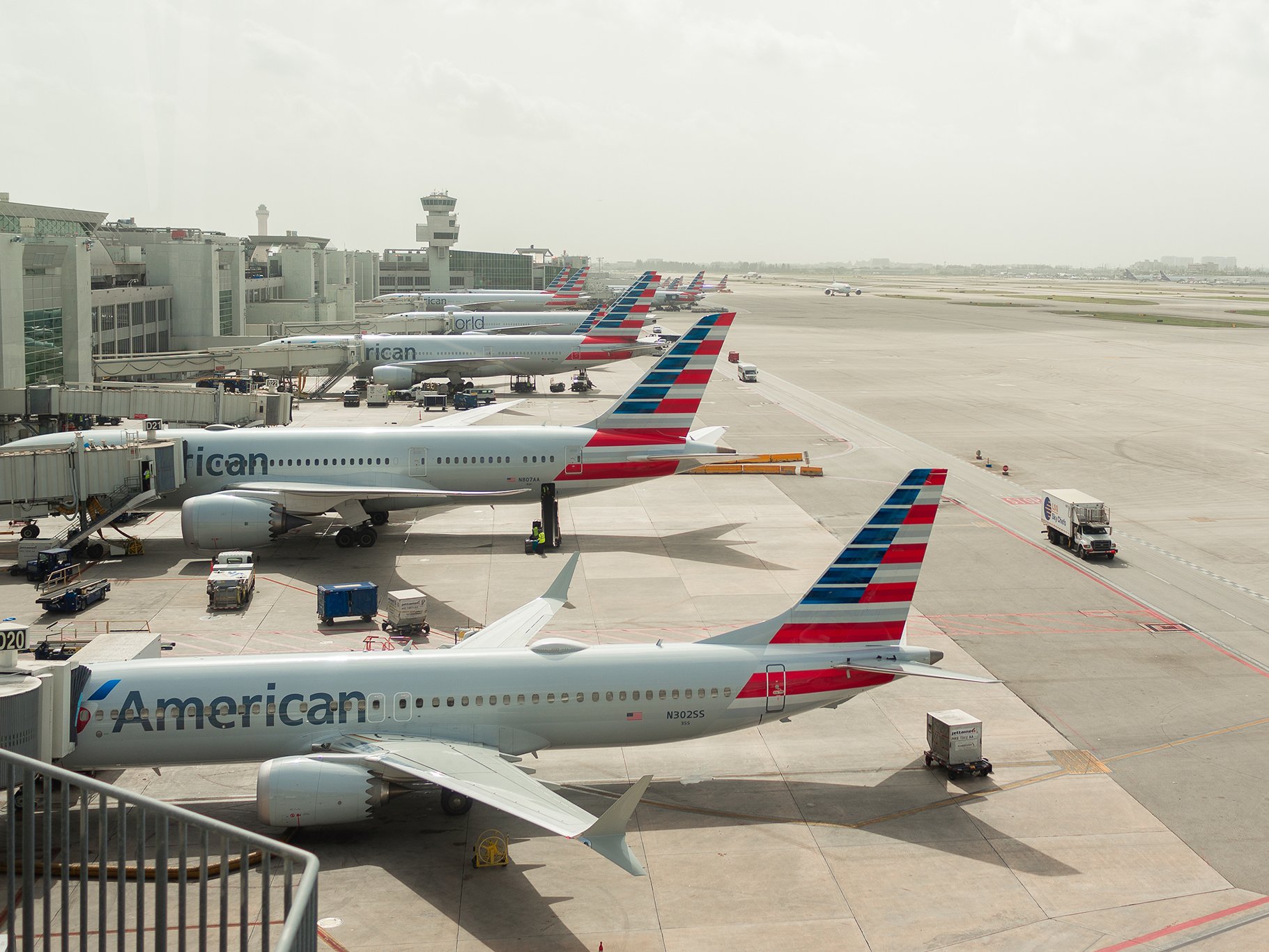AA B787 suffers lightning strike causing damage to plane’s fuselage
Aircraft was believed to be on a flight from Tokyo to Dallas when it was hit.
When it comes to protection from lightning strikes, aircraft have most bases covered with wire bundle shields, aluminium flame spray coating, embedded metallic wire, and diverter strips among the many measures incorporated into the plane’s fuselage and wings.
With every commercial jet struck on average at least once a year, the idea is not to stop the hit, but to ensure the structure of the plane can withstand the impact without suffering serious damage. That principle that was put to the test when an American Airlines Boeing 787 was hit on a recent flight, resulting in an 18inches long and 8inch wide crack in the fuselage.
While details of the strike are sketchy, the plane was believed to be on a routine 11-hour flight from Tokyo Narita Airport to Dallas Fort Worth, DFW, on February 20 when it was hit and, despite the damage, the plane successfully reached its destination with no passenger concerns publicly raised in the aftermath.
Indeed, it was only when a Twitter user released pictures of the damage that the incident became known about, confirming the aircraft was being repaired at a maintenance hangar at DFW.
While passengers may be unaware of lightning strikes, they are normally registered in the cockpit, with pilots prompted to check all electronic devices on the aircraft are still in working order, reporting the incident before a thorough inspection is carried out on reaching the plane’s destination.
The last reported lightning strike that caused an aircraft to crash was 56 years ago in 1967.



